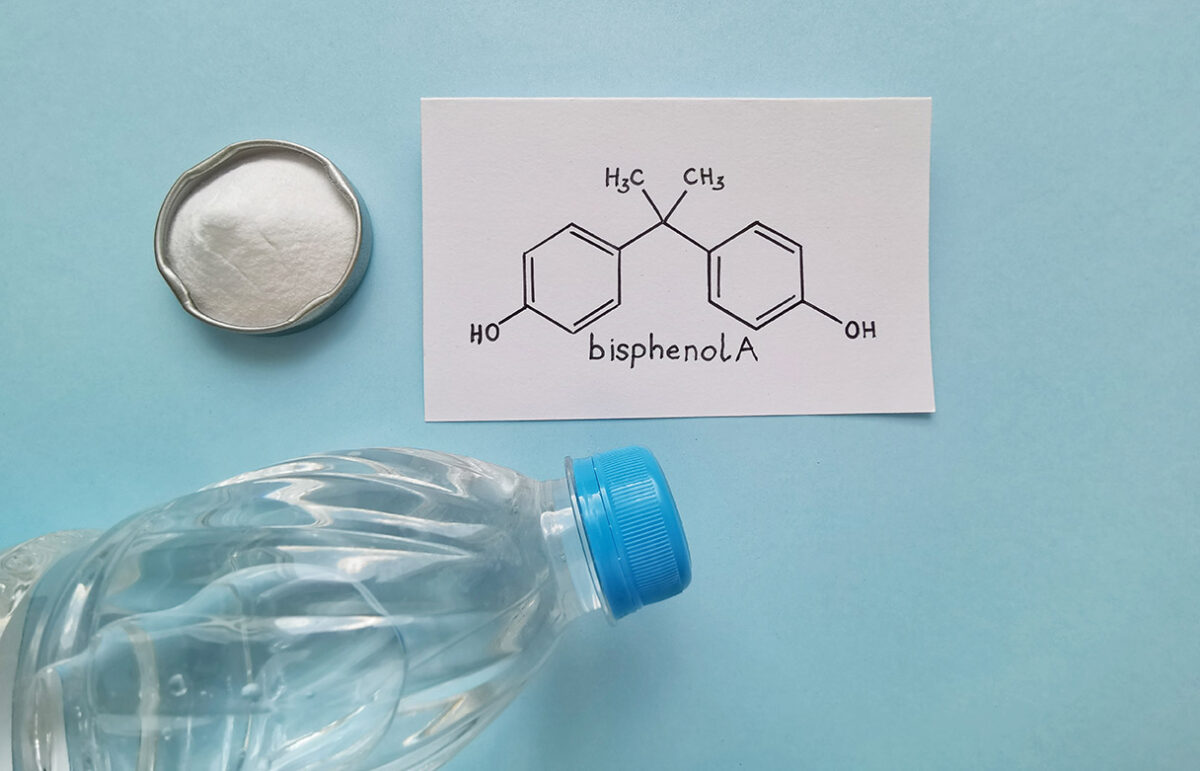The EU Banned BPA and Other Bisphenols in Food-Contact Materials

The European Commission banned the use and trading of Bisphenol A (BPA) and other bisphenols in food contact materials.
In 2023, the European Food Safety Authority (EFSA) reported that BPA exposure poses health risks to consumers of all ages. As a result, the EU Commission proposed a ban on BPA in food-contact materials, which EU Member States approved in July 2024 and enacted on January 20, 2025. Since then, Commission Regulation (EU) 2024/3190 has prohibited the use and trade of BPA, its salts, and other hazardous bisphenols and derivatives in food-contact products.
You can also read: Plastic Bans: Environmental and Economic Trade-offs.
Bisphenol A (BPA): Definition, Applications, and Human Health Risks
BPA is a synthetic chemical commonly used to produce certain plastics and resins for food-related applications. For instance, manufacturers primarily use it in coatings for food and beverage packaging and food transport containers. However, despite its technical advantages, BPA is an endocrine disruptor that easily migrates from containers into the food they hold. It can mimic estrogen and interfere with the body’s hormonal function. Several studies have shown that BPA exposure is linked to reproductive disorders and developmental problems in children. Thus, the EU Commission decided to ban its use in food-contact products to mitigate the risks associated with human health.
Prohibited Products by the EU Regulation
Currently, the regulation bans the use of BPA in the following food contact materials and products:
- Adhesives
- Rubbers
- Ion-exchange resins
- Plastics
- Printing inks
- Silicones
- Varnishes and coatings
There are a few exceptions to the ban, especially in cases where there are no safer alternatives available.
Transitional Journey
Although the regulation took effect on 20 January 2025, transitional periods are permitted:
- Single-use final food contact articles: Manufacturers of general single-use articles that do not comply with the new rules may market them until 20 July 2026. However, they can market single-use articles with BPA-based coatings for packaging fruit, vegetables, and processed fish until 20 July 2028. They may also continue filling and sealing these articles with food for 12 months after the transitional period ends. Additionally, they may sell the resulting packaged food until the stocks are exhausted.
- Repeat-use final food contact articles: Similarly, manufacturers of repeat-use articles used as professional food production equipment can market them until 20 January 2028. Articles that comply with the former rules may remain on the market until 20 January 2029.
BPA-Free Alternatives and Forecast
The EU has already imposed many restrictions and will likely continue promoting new ones. For this reason, industries must focus on finding BPA-free alternatives such as polyester resins, bioresins, and oleoresins. These materials offer safer solutions while maintaining product performance. However, further innovation is needed to overcome cost and scalability barriers.
The EFSA will publish a new report in 2027, which will likely lead to further restrictions on other bisphenols. Therefore, manufacturers must anticipate these developments, stay ahead, and drive innovation.
